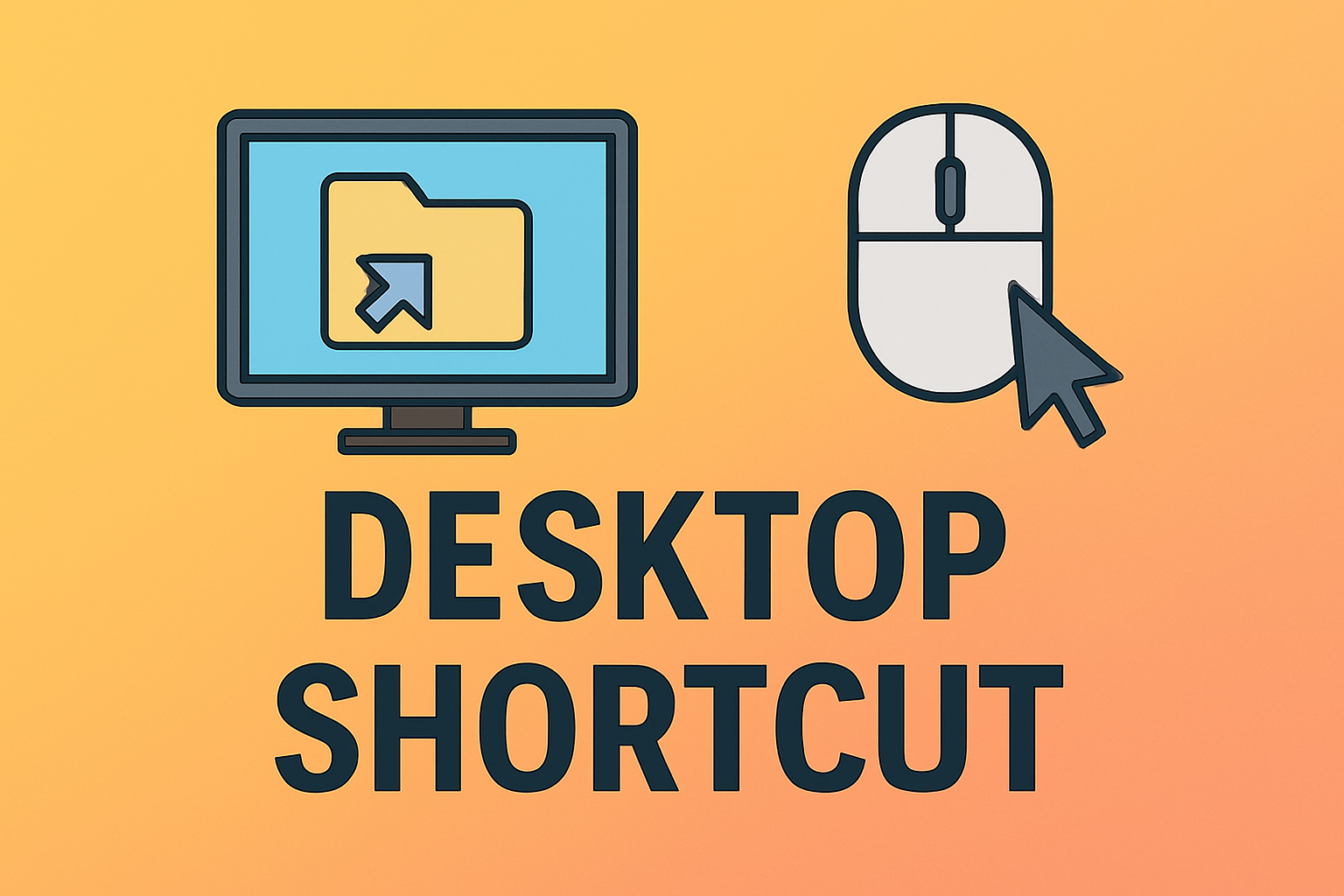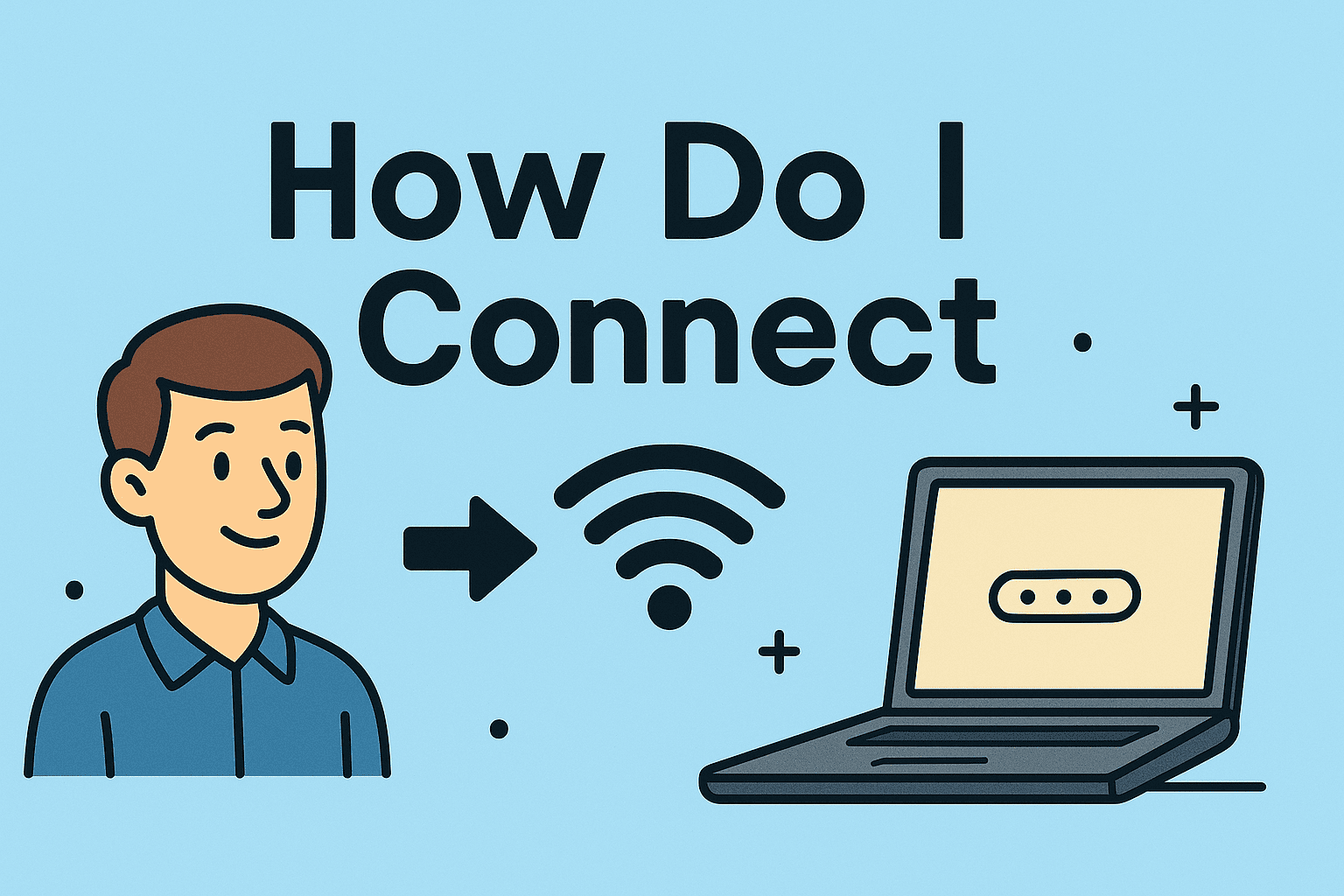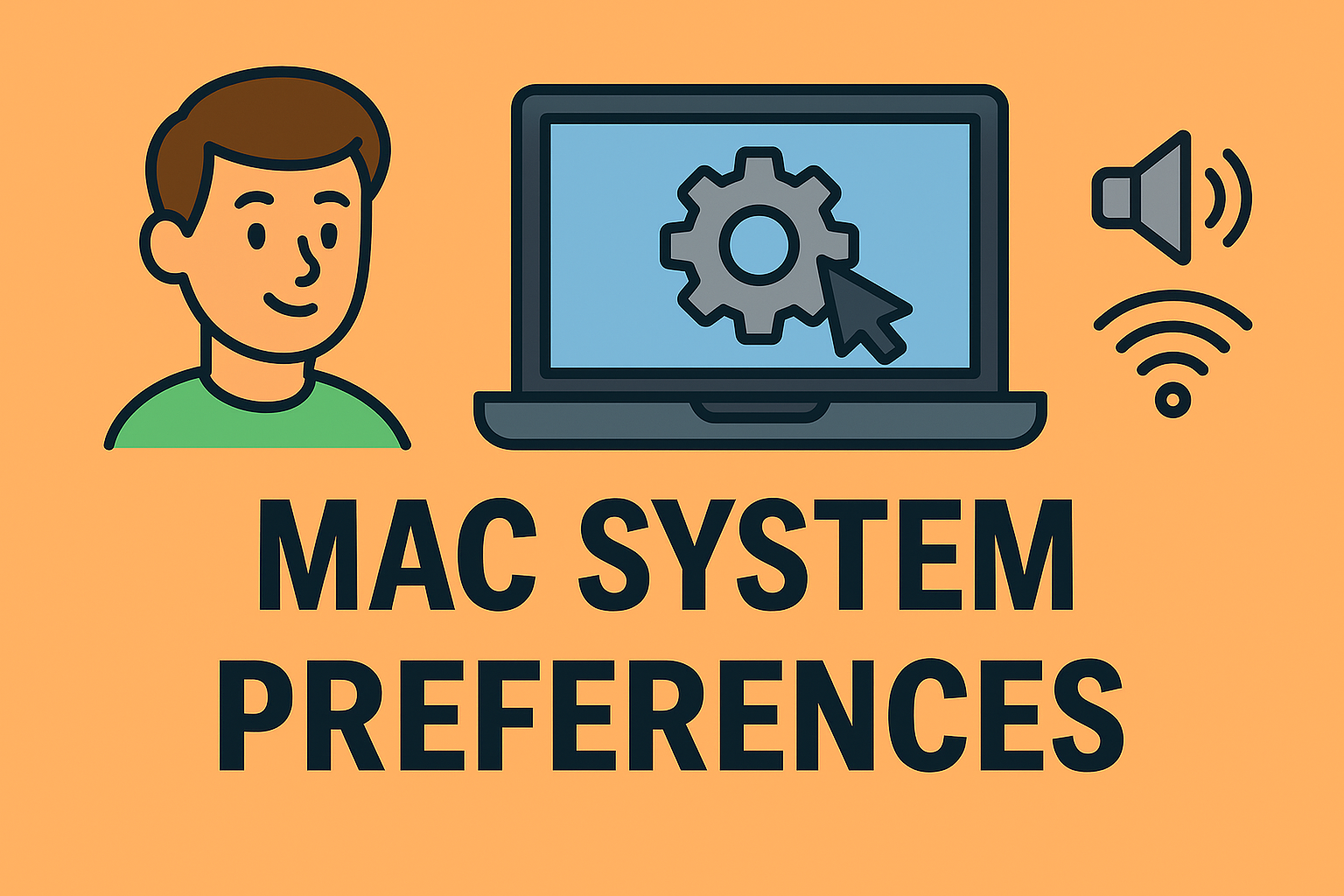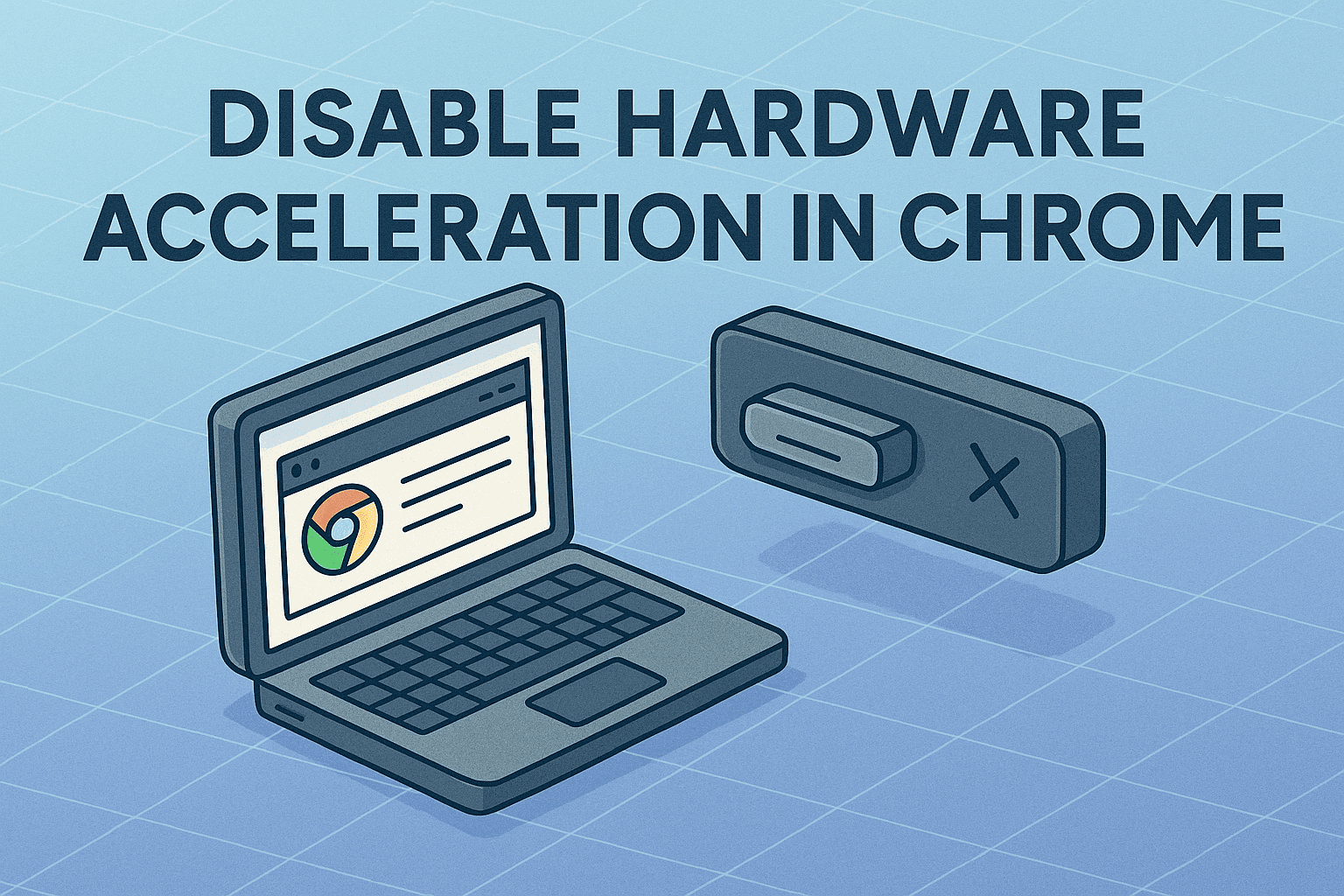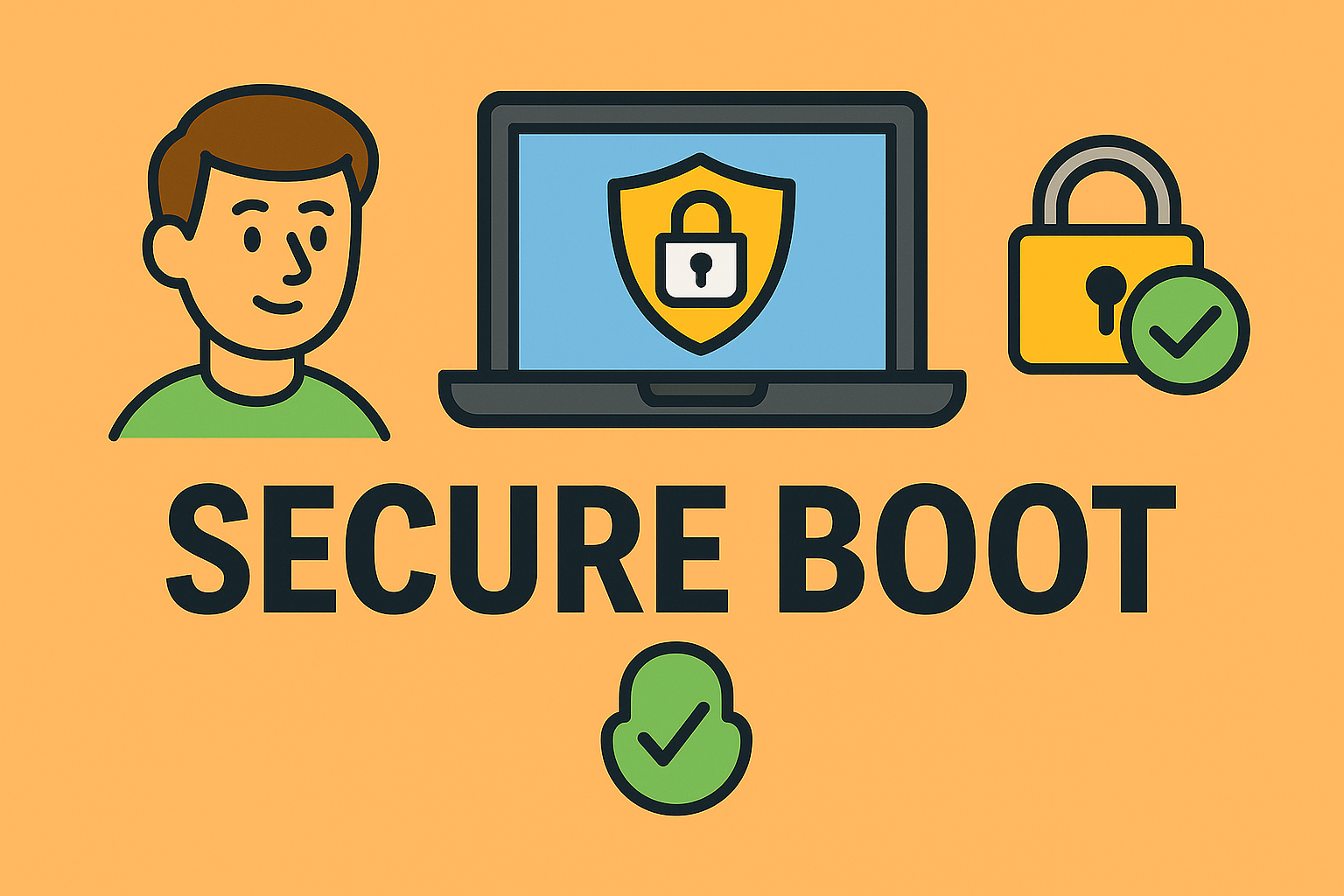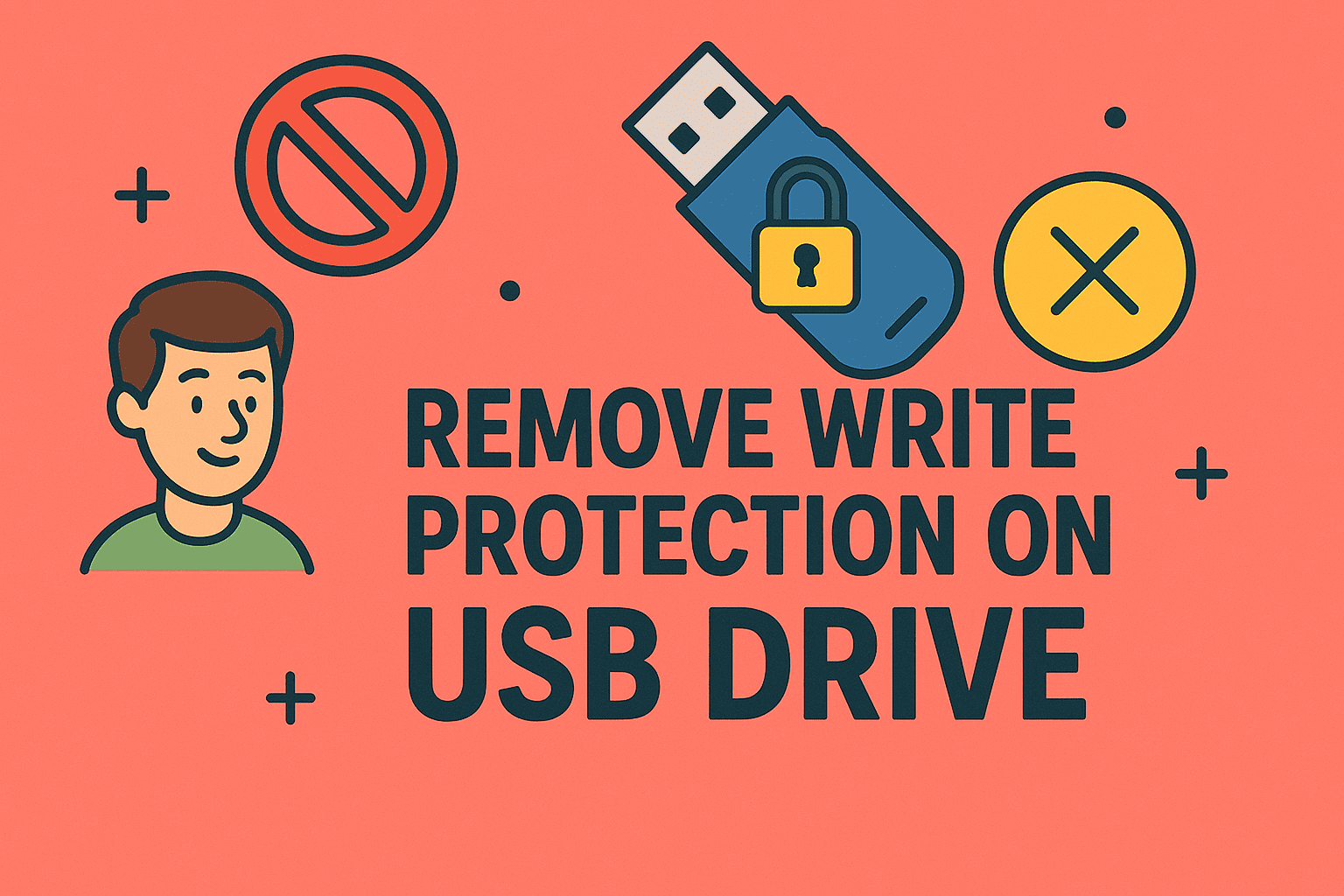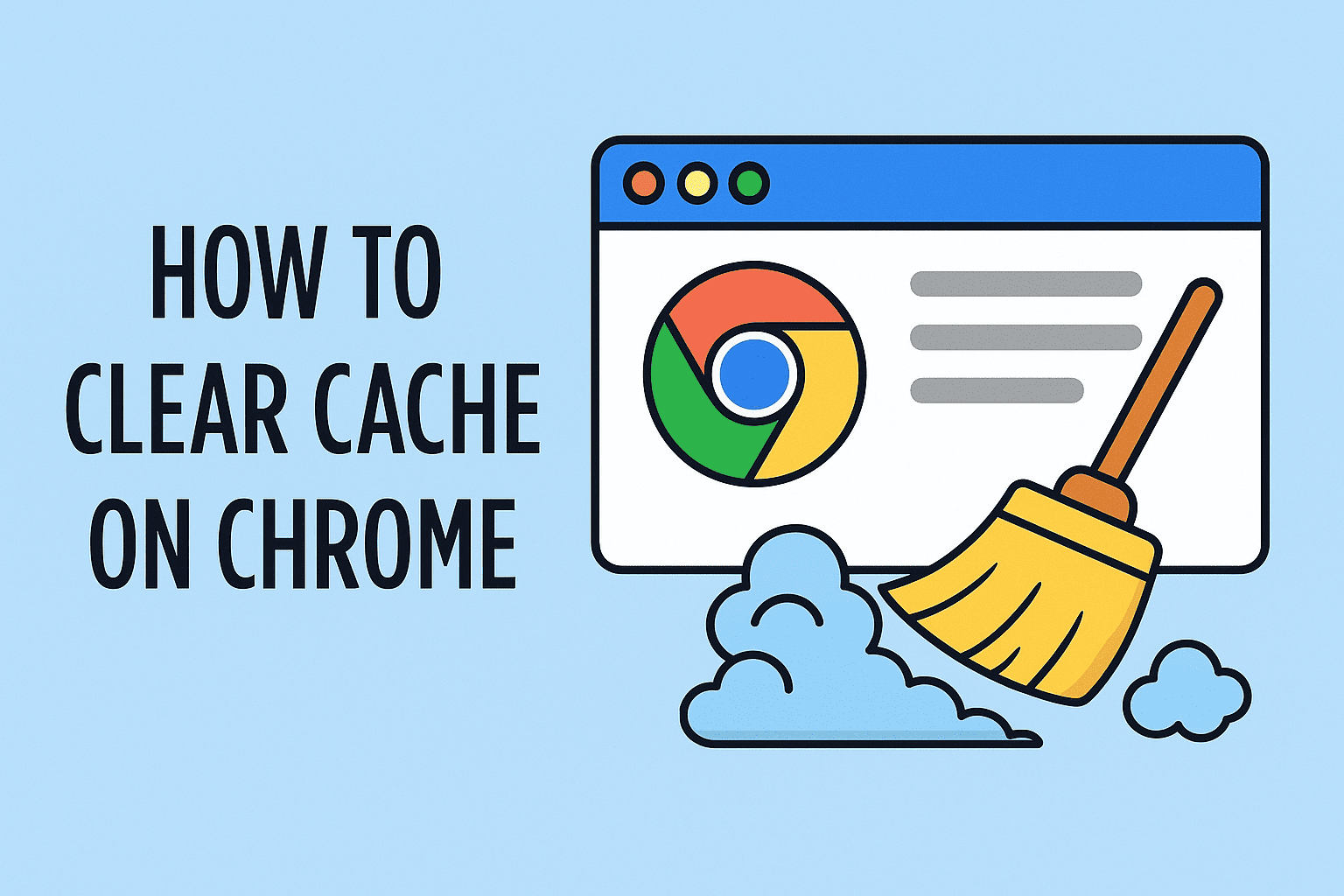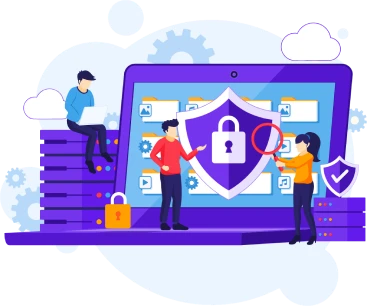How to Start an MSP in 2025 | Best Practices & Recommendations
Updated on April 17, 2025, by ITarian

The demand for managed IT services is exploding—driven by hybrid work, rising cybersecurity threats, and the need for always-on support. If you’re considering launching a Managed Service Provider (MSP) business in 2025, there’s never been a better time.
But succeeding as an MSP requires more than just technical skills. You need a clear business model, the right pricing strategy, scalable tools, and a go-to-market plan that sets you apart.
In this guide, we’ll walk you through how to start an MSP business from scratch, avoid common pitfalls, and build a future-ready service offering with ITarian as your strategic partner.
What Is an MSP?
A Managed Service Provider (MSP) delivers proactive IT services to businesses, often on a subscription basis. These services include:
- Remote monitoring and management (RMM)
- Patch management and software updates
- Helpdesk and support services
- Cybersecurity protection
- Backup and disaster recovery
MSPs act as an outsourced IT department for clients who need expert help managing their infrastructure—without hiring full-time staff.
Why 2025 Is the Right Time to Start an MSP
- Small Businesses Need Help: SMBs face growing tech complexity but lack in-house IT.
- Security Is a Priority: Cyberattacks are rising, and MSPs can deliver affordable protection.
- Recurring Revenue Model: MSPs earn monthly recurring revenue (MRR), leading to sustainable growth.
- Tooling Is More Accessible Than Ever: Platforms like ITarian lower the cost and complexity of starting out.
Step-by-Step: How to Start a Successful MSP Business in 2025
1. Define Your MSP Service Offerings
Start by identifying what problems you’ll solve for clients. Common service areas include:
- IT helpdesk and support
- Network monitoring and maintenance
- Endpoint protection and patching
- Email security and backup
- Mobile device management
- Compliance and reporting (HIPAA, GDPR, etc.)
Focus on services that align with your expertise and target market needs. You can expand over time.
2. Choose Your Target Market
Are you targeting law firms, healthcare providers, retailers, or general SMBs? Specializing in a niche helps you stand out and charge more.
- Healthcare MSPs can focus on HIPAA compliance.
- Legal MSPs can provide secure file-sharing and client confidentiality tools.
- Local SMBs may want fast response times and affordable packages.
3. Build Your MSP Technology Stack
You’ll need a solid platform to deliver and manage your services. At minimum, include:
- RMM (Remote Monitoring & Management) – Monitor devices, push updates, automate maintenance.
- PSA (Professional Services Automation) – Ticketing, billing, client portals.
- Endpoint Protection & Patch Management – Secure endpoints, reduce vulnerabilities.
- Remote Access Tools – Support users quickly from anywhere.
- Backup & Recovery – Keep data safe and ensure business continuity.
🛠️ ITarian offers all of this in one integrated platform—built for new and growing MSPs.
4. Set MSP Pricing & Package Models
MSPs typically use one of three pricing models:
- Per-device: Easy to scale but may be harder to manage.
- Per-user: Great for standardized environments (e.g., law firms).
- Tiered packages: Offer bronze/silver/gold plans with increasing value.
Don’t race to the bottom. Price based on value, not just cost. Include service-level agreements (SLAs) and define what’s covered to avoid scope creep.
5. Establish Legal & Operational Structure
Register your business, create contracts, and consult with legal counsel to draft master service agreements (MSAs). You’ll also need:
- Business insurance (E&O, cybersecurity liability)
- Basic accounting and CRM systems
- Clear documentation and playbooks for onboarding clients
6. Market Your MSP Services
A great service doesn’t matter if no one knows about it. Use a mix of digital and local outreach:
- Build a website with SEO-optimized service pages
- Launch Google Ads and local SEO campaigns
- Run webinars and lunch-and-learns for niche audiences
- List your business on directories like Clutch, UpCity, and Google Business
💡 Pro Tip: Position yourself as a cybersecurity-first MSP to win more clients in 2025.
7. Start Small, Then Scale
Land your first few clients by tapping into your personal and professional network. Use testimonials and case studies as social proof to expand.
Once you hit capacity, hire additional techs or explore white-label options for service delivery. You can also partner with vendors to expand your security stack.
Best Practices for Starting an MSP in 2025
- Choose automation-first tools to reduce manual labor
- Create service bundles with high perceived value
- Standardize processes for fast onboarding and delivery
- Upsell cybersecurity services to increase monthly revenue
- Use client QBRs (quarterly business reviews) to show ongoing value
Why Choose ITarian to Launch Your MSP?
ITarian’s all-in-one platform is purpose-built for MSPs—with no per-device pricing, no vendor lock-in, and unbeatable support.
✔️ Remote Monitoring & Management (RMM)
✔️ Patch Management & Endpoint Security
✔️ Ticketing & Automation
✔️ Remote Access & Helpdesk
✔️ Scalable from 1 to 1,000+ endpoints
Whether you’re launching your first MSP or growing an existing one, ITarian gives you the foundation to build a profitable, service-first business in 2025 and beyond.



